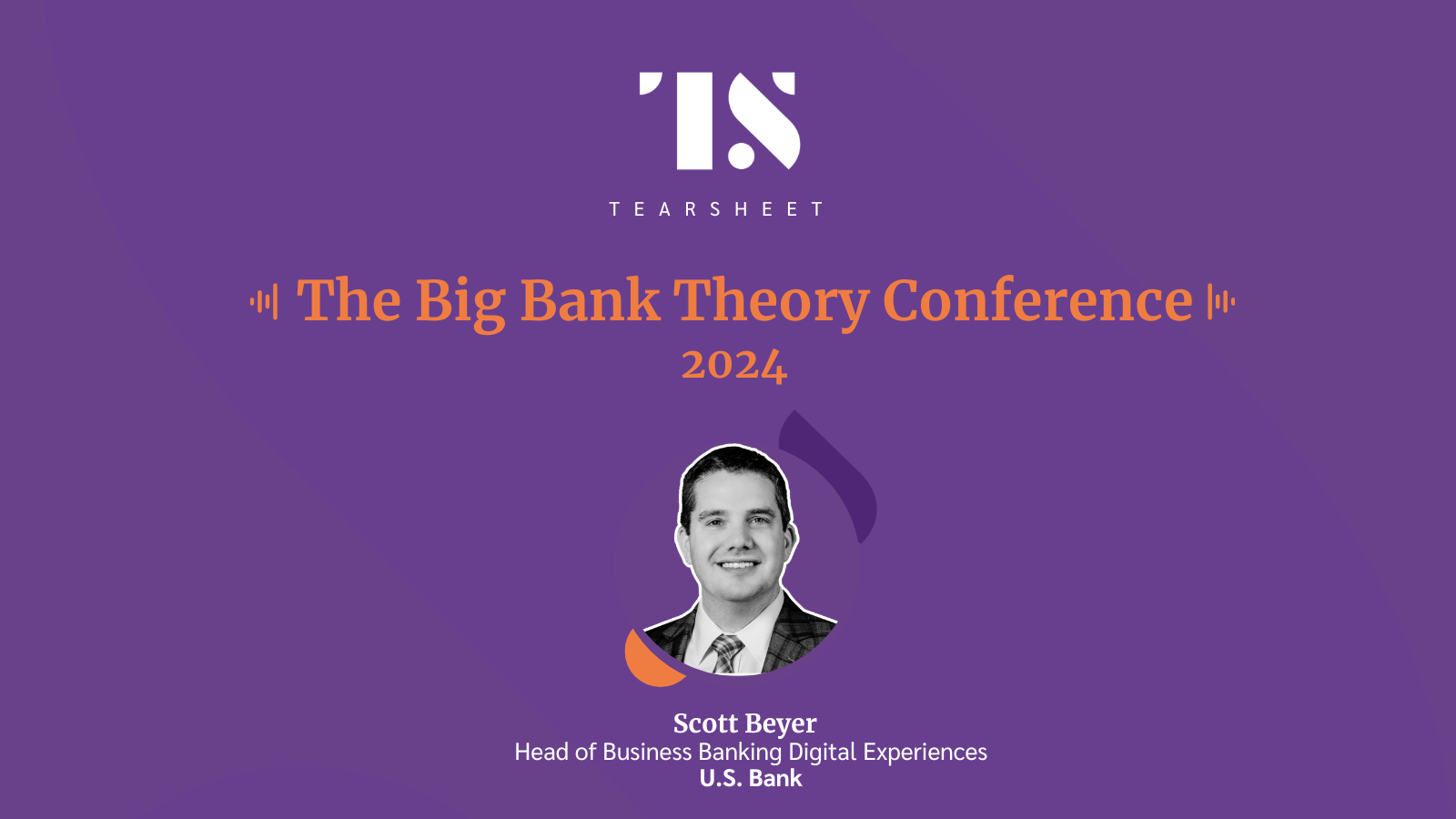‘If banks are only investing in the experience layer but the foundational tech is archaic, we’re going to have a hard time creating integrated experiences’: U.S. Bank’s Scott Beyer
- How can FIs simplify the financial challenges for SMBs, freeing them to focus on growth without getting bogged down by banking tasks?
- Scott Beyer, Head of Business Banking Digital Experiences at U.S. Bank, outlines key strategies, with technology as a foundational element, that FIs can implement to address these issues.

Most small and mid-sized business (SMB) owners anticipate revenue growth by the end of this year, with concerns about a recession significantly easing. However, they still face a range of challenges.
Two persistent hurdles for SMBs are time constraints and supply chain issues. These challenges often compel business owners and their teams to juggle multiple responsibilities, leaving scant opportunity to engage in the creative and growth-driven aspects that initially fueled their entrepreneurial spirit. Fundamental concerns like securing lines of credit and managing cash flow remain top of mind — draining energy and affecting overall business profitability.
So, what can financial institutions do to provide solutions that ease these burdens, enabling SMBs to focus on expansion while minimizing banking distractions?
During Tearsheet’s The Big Bank Theory Conference held recently in New York City, Scott Beyer, Head of Business Banking Digital Experiences at U.S. Bank, outlined key strategies, with technology as a foundational element, that financial institutions can implement to address these issues.
Listen to the full Session
Subscribe: Apple Podcasts | SoundCloud | Spotify | Google Podcasts



